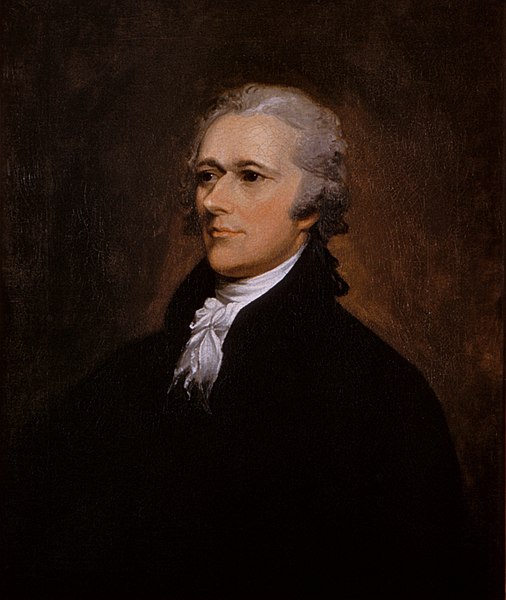American School (economics)
The American School, also known as the National System, represents three different yet related constructs in politics, policy and philosophy. The policy existed from the 1790s to the 1970s, waxing and waning in actual degrees and details of implementation. Historian Michael Lind describes it as a coherent applied economic philosophy with logical and conceptual relationships with other economic ideas.
Alexander Hamilton's ideas and three Reports to Congress formed the philosophical basis of the American School.
Senator Henry Clay, leader of the Whig Party and advocate for the American System
Abraham Lincoln, an "Old Henry Clay tariff Whig" by his own definition, enacted much of the American School's core policies into law during his tenure as President from 1861 through 1865.
In United States history, the Report on the Subject of Manufactures, generally referred to by its shortened title Report on Manufactures, is the third of four major reports, and magnum opus, of American Founding Father and first U.S. Treasury Secretary Alexander Hamilton. It was presented to the Congress on December 5, 1791.
Portrait of Alexander Hamilton, John Trumbull, 1792




